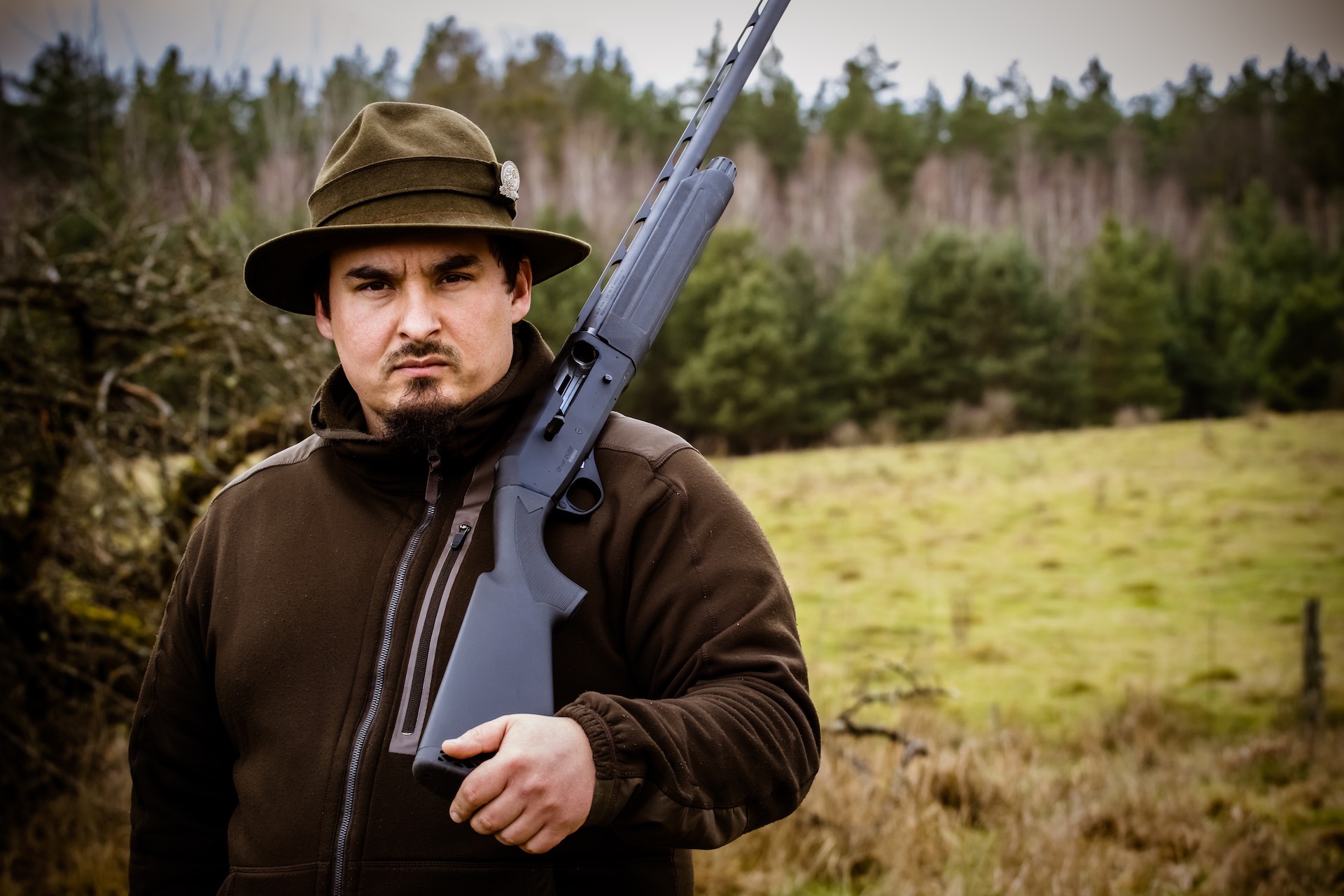
(Nie)smaczne mięso.
22 października, 2019
Tajemnica jeleniej łzy i serca.
25 października, 2019Our recent duck hunt was very successful. Despite the fact that we started quite late, at lunchtime, each of us not only saw the rising birds, but also hunt few of them. This year we are lucky that there are a lot of ducks, and we, after training at the shooting range, have an accurate eye. We returned home with ducks and a smile. Unfortunately, an unpleasant surprise was waiting for me …
Every hunter knows how tasty game is. Each of us has our favorite recipe for roast duck, pheasant broth, or for sausage. Many of us also have our own special secret tricks to make a particular dish taste so good and special. Unfortunately, sometimes we just won’t be able to prepare anything, because the meat is simply unfit for consumption, which I learned on my own skin. All because of a parasite.
Sarcocystosis is a parasitic disease. It is caused by protozoa belonging to the type Apicomplexa, the Sarcocystidae family and the Sarcocystis genus. This disease is known all over the world, it occurs in rabbits, sheep, pigs and even mice. When it comes to birds, in Europe it is most often found among mallard ducks which are the intermediate host. Why a duck? Well, everything because of the place and way of feeding. These ducks feed on shallow ponds, which may be contaminated with feces of infected carnivores. Thus, we find two hosts – a duck, which is an intermediate host and a predator, e.g. fox – the final host.
How is the disease going? Well, the muscles of the infected duck develop cysts that we can recognize with the naked eye. Just under the skin, in the muscles, the parasite reproduces to form cysts that resemble cooked rice grains. Such cysts can be found not only in the breasts, but also in the femoral muscles, heart muscle or even smooth muscles. These cysts are the effect of asexual reproduction of the parasite.
When such an infected duck is eaten by a predator, cysts get into its digestive system, and there, in the intestines, reproduction occurs and so-called oocysts, which together with feces get into the environment being fully contagious. If the oocysts end up in a small water reservoir, then there is a high probability that they will be eaten by the ducks and the wheel will close, and the parasite will acquire another host.
Why are such infected ducks more likely to be eaten by predators? Well, birds with a lot of parasites have flying problems due to damage to their pectoral muscles. Those that came to me were in a much worse condition, and after plucking they were significantly different in size from the healthy ones. The difference was visible to the naked eye.
What if the duck is in good condition? How to recognise if the duck we hunt will be the carrier of the parasite?
Even if the carcass is not in a much worse condition, the duck will not be thin and smaller than the healthy one does not mean that it is free from disease. The most important symptoms are hidden just under the skin, in meat. Unappetizing white parasites resembling grains of rice or other cereals are clear evidence that meat should not be eaten and the carcass should be utilized. Many people do not skin hunted ducks due to the desire to keep them whole for later culinary processing and better taste. In my opinion, this is neglect! I believe that the skin at the breasts should be at least cut enough to be able to roll it up and see the breast meat if there is no unpleasant surprise waiting for us. Even if you do not want to skin the skin, you should do it.
Personally, I would burn myself out of shame if I gave it to my guests at Sunday dinner, let’s call it worm meat.

Fortunately, human cases are very sporadic. The easiest way to get infected is by eating raw or undercooked meat. Therefore, preparing wild duck carpaccio may not be a good idea. It is much better to freeze the duck and then subject to heat treatment – cooking, frying, baking. Even if there are individual cysts in meat, they are so sensitive to high or low temperature that they will not pose a threat to us. However, the very appearance of the meat in which the parasite is located may deter. Such meat is not only unsightly but also unappetizing, such pieces are eliminated from processing and should also be eliminated from our kitchen.
Remember that venison should be advertised to as many people as possible, because it is meat that is both tasty and healthy. Unfortunately, as in nature, there are also sick individuals. It is our, hunters duty, who are responsible for taking care of the carcasses of harvested animals, to checking whether the meat will be ready for consumption. It is a key element.
Happy hunting!
To create the text I have used publications:
Sarkocystoza kaczek – przypadki kliniczne. Marcin Śmiałek, Tomasz Stenzel, Adam Śmiałek, Andrzej Koncicki z Katedry Chorób Ptaków Wydziału Medycyny Weterynaryjnej w Olsztynie oraz Punktu Weterynaryjnego w Leszczynku.
Sarkocystoza u samca krzyżówki Anas platyrhynchos. Marian Flis – Katedra Zoologii, Ekologii Zwierząt i Łowiectwa Uniwersytet Przyrodniczy w Lublinie, Eugeniusz R. Grela – Instytut Żywienia Zwierząt i Bromatologii Uniwersytet Przyrodniczy w Lublinie




